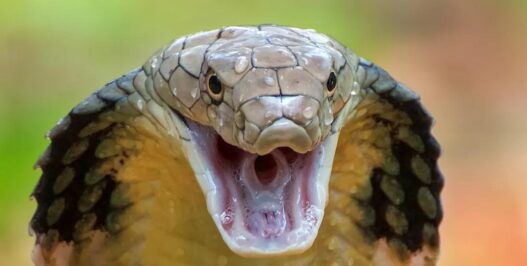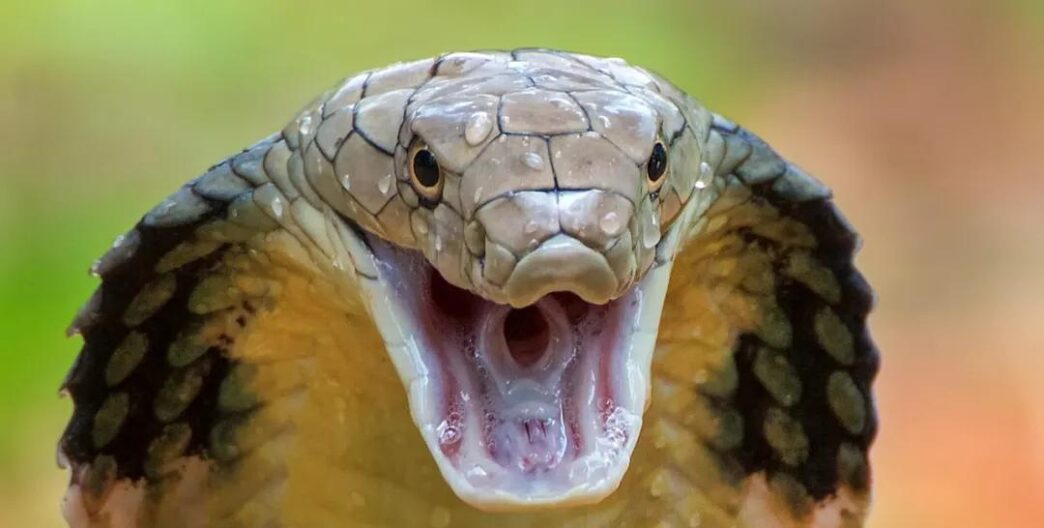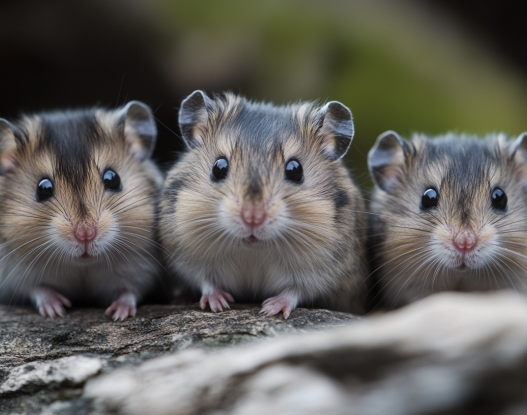As the saying goes, “Speed is the key to victory,” and in the animal kingdom, this principle is just as crucial. The speed at which an animal strikes is often the deciding factor in catching its prey. So, which animals have the fastest attacks? This article will highlight five of the fastest predators on Earth, from the lightning-fast jaws of the trap-jaw ant to the deadly strike of the inland taipan snake. Let’s dive in and explore these speed demons of the animal kingdom!
1. Trap-Jaw Ant
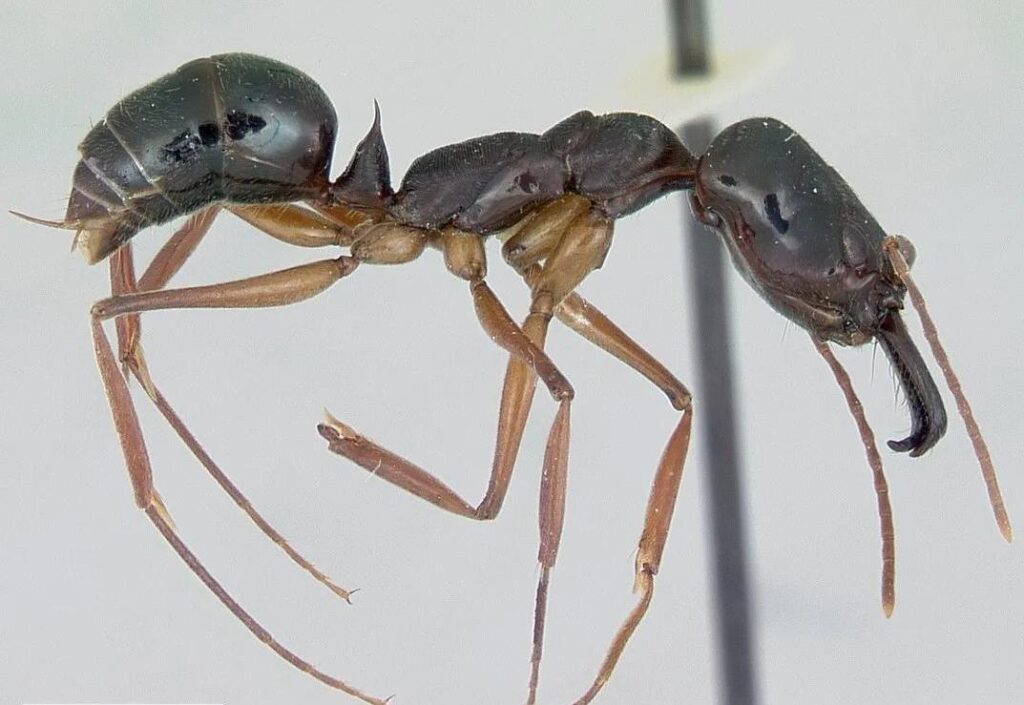
Recent scientific studies have shown that the trap-jaw ant holds the title for the fastest attacking animal on Earth. This tiny but formidable predator can snap its jaws shut in just 0.13 milliseconds, which is about 2,300 times faster than the blink of a human eye. Not only is this speed astonishing, but the force behind its bite is also incredibly powerful. Weighing only 12.1 to 14.9 milligrams, the trap-jaw ant can generate a bite force up to 300 times its body weight. To put this into perspective, if we compare the speed and distance its jaws close, it would be equivalent to traveling at speeds of 125 to 233 kilometers per hour.
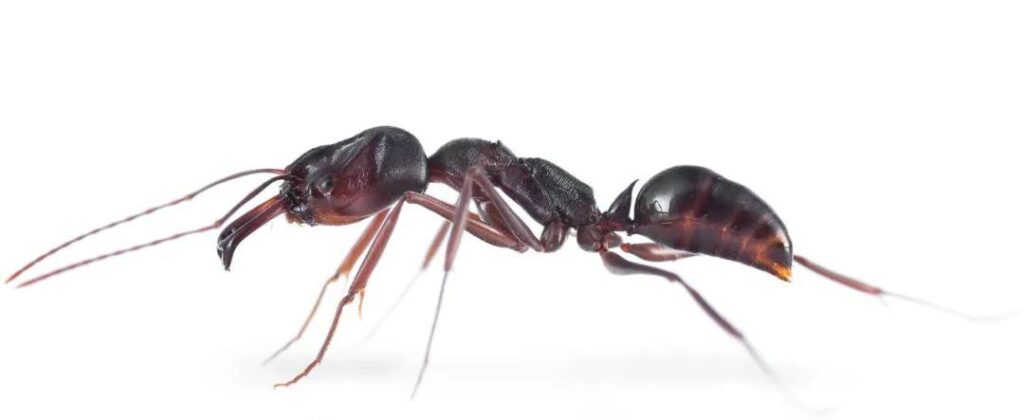
Belonging to the family Formicidae and known for its “triggered jaw,” this ant species uses its jaws for both hunting prey and launching itself away from predators. Found in regions such as India, Sri Lanka, the United States, and Brazil, trap-jaw ants thrive in warm climates and live in colonies with nests made underground or in crevices. They primarily feed on small insects, including crickets.
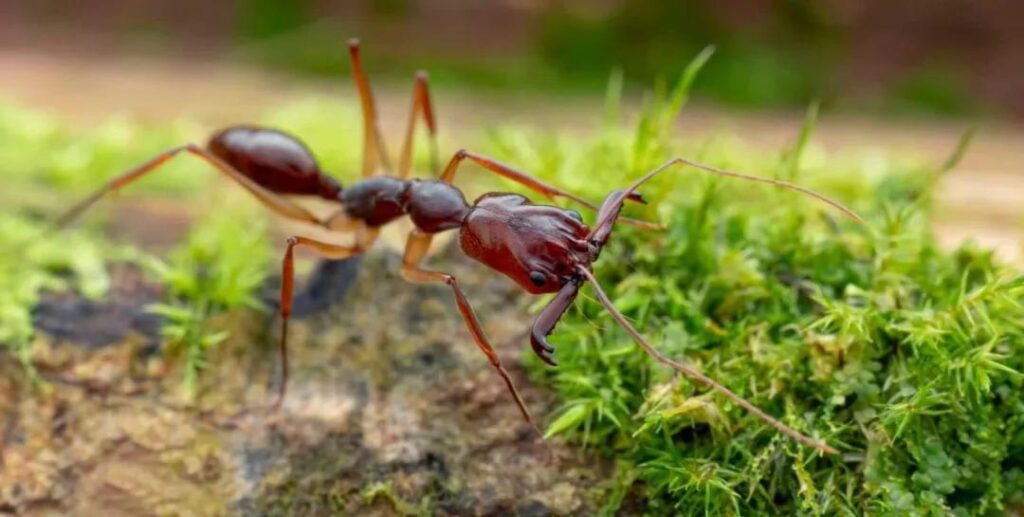
The trap-jaw ant is one of the deadliest predators among ants, boasting the fastest snapping action in the animal world.
2. Mantis Shrimp

The mantis shrimp, also known as the “thumb splitter,” is a powerful marine creature with an explosive punch. This shrimp has a pair of extremely strong claws capable of crushing glass and even severing human fingers. Some species also possess “hammer-like” appendages that can strike with speeds up to 60 kilometers per hour. When hunting, these hammers can fire in a fraction of a second, delivering a shock force of up to 60 kilograms.
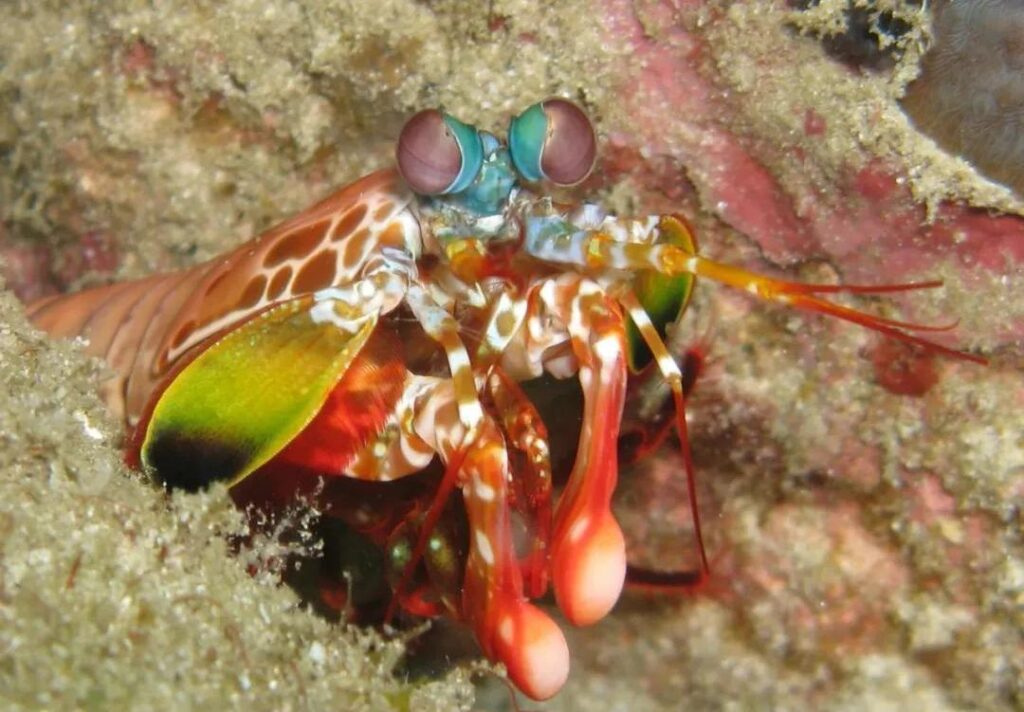
Mantis shrimp are commonly found in tropical waters of the Indian and Pacific Oceans, including China’s South Sea and Taiwan. They typically live in rocky crevices or caves, waiting to ambush prey. Known for their territorial behavior, mantis shrimp often feed on slow-moving marine creatures like snails, bivalves, and crustaceans. During the breeding season, females guard their fertilized eggs until they hatch.
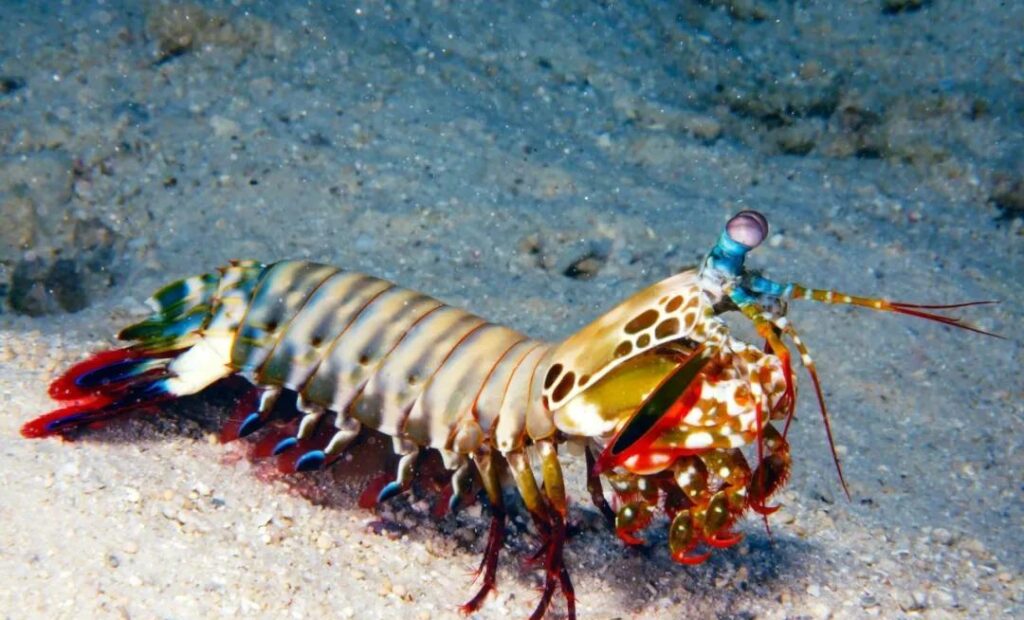
These creatures not only pack a punch with their powerful strikes, but they also boast a remarkable sense of vision, with 16 color receptors, compared to the human’s three.
3. Water Scorpion (Larval Dragonfly)
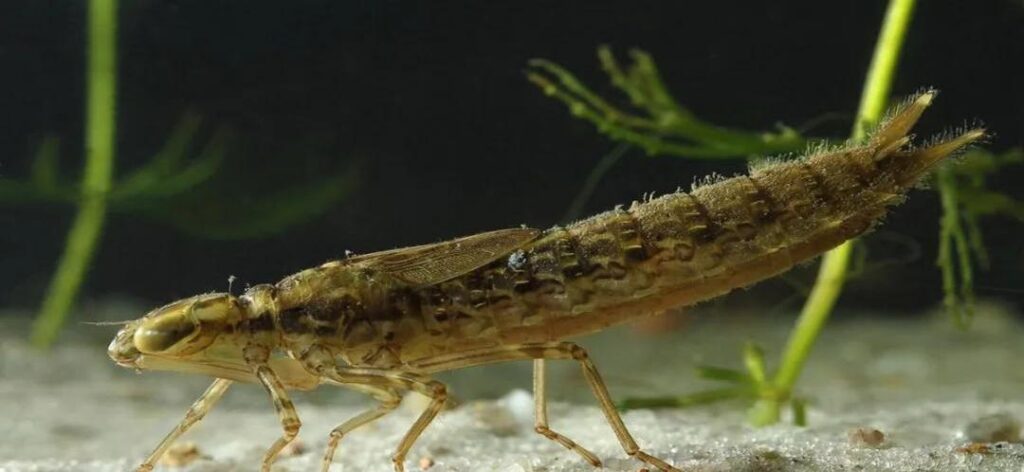
The water scorpion, the larval stage of dragonflies, is a remarkable predator in the aquatic world. It can strike its prey in just one-thousandth of a second, making it one of the fastest aquatic predators. The water scorpion has a diverse growth cycle, with some species maturing in as little as 2-3 months, while others may take up to 7-8 years. During their larval stage, they go through multiple molts before emerging as adult dragonflies.
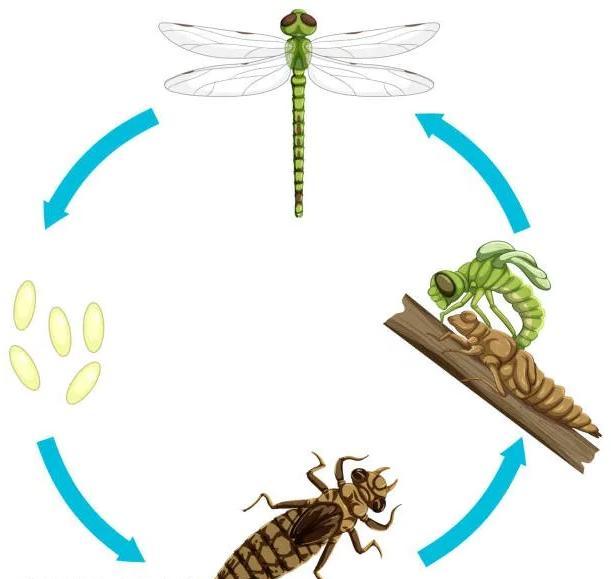
Commonly found in southern water bodies such as streams, ponds, and marshes, water scorpions are fierce predators, feeding on smaller aquatic insects, larvae, and even small fish. They are known to use a jet of water from their abdomen to quickly escape danger. In some cultures, such as the Buyei people of Yunnan, water scorpions are considered a delicacy, often fried with egg and flour during the Qingming Festival.
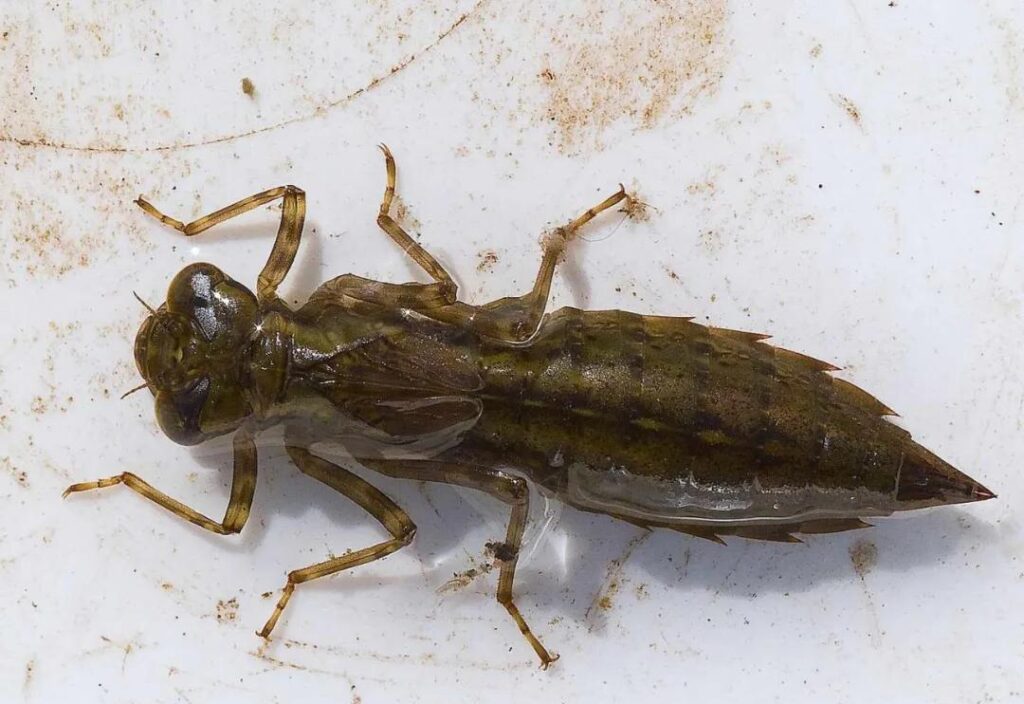
While these predators may be small, their speed in capturing prey is nothing short of impressive.
4. Chameleon
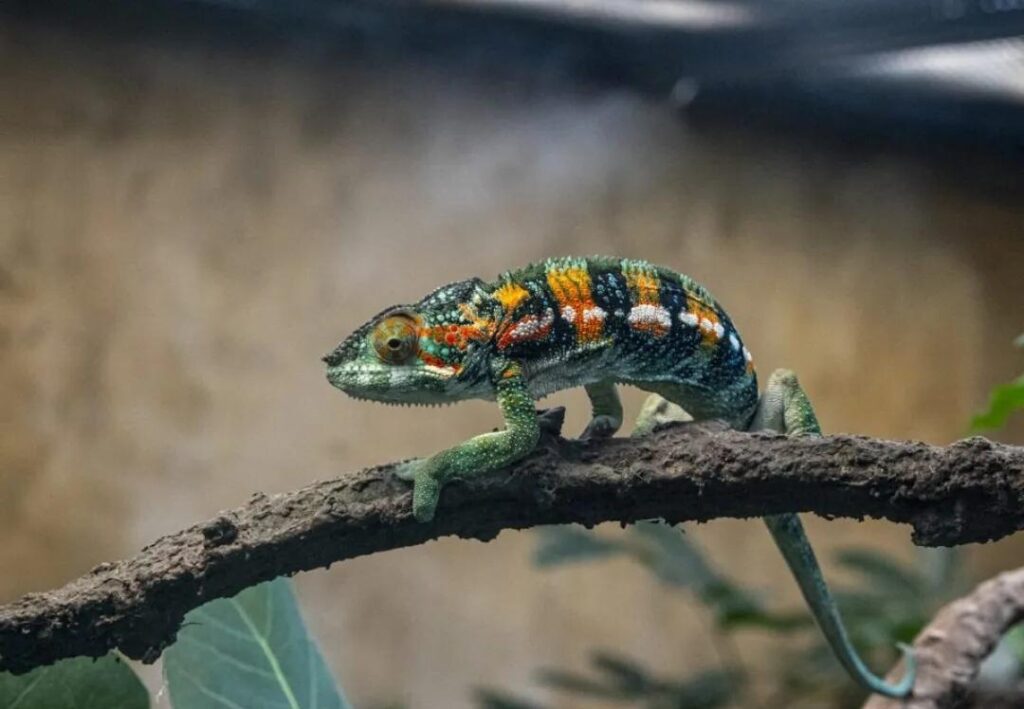
Chameleons are known for their incredible camouflage and rapid tongue strikes. They can extend their tongues up to twice their body length in just 1/125 of a second to capture prey with remarkable accuracy. In fact, for larger species, the acceleration of their tongue strikes can reach up to 486 m/s²—50 times the acceleration due to gravity. Smaller chameleons, however, can strike even faster.
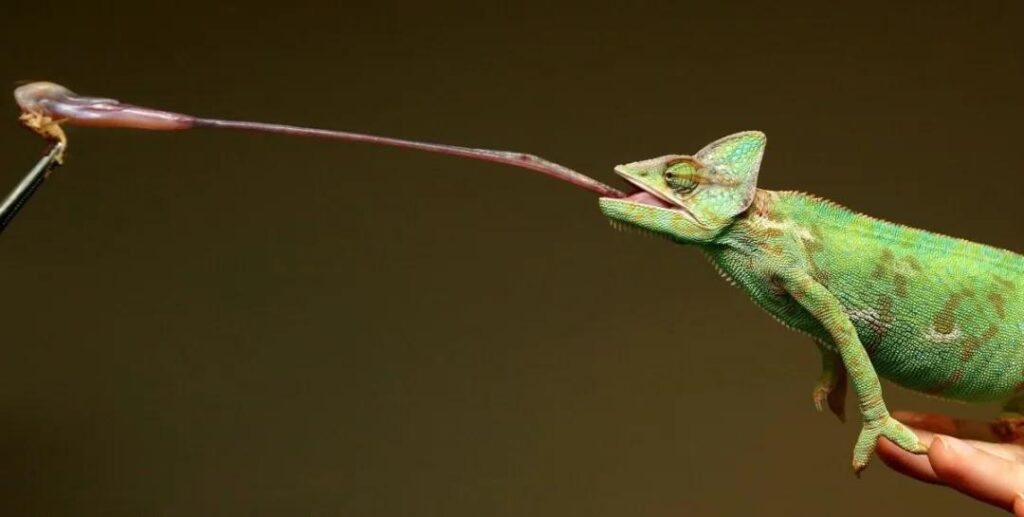
Primarily found in Africa and Madagascar, with a few species in southern Asia and Europe, chameleons are arboreal creatures that feed mainly on insects. Their long, sticky tongues can extend rapidly to snatch prey from a distance, while their prehensile tails help stabilize them as they move among the branches.
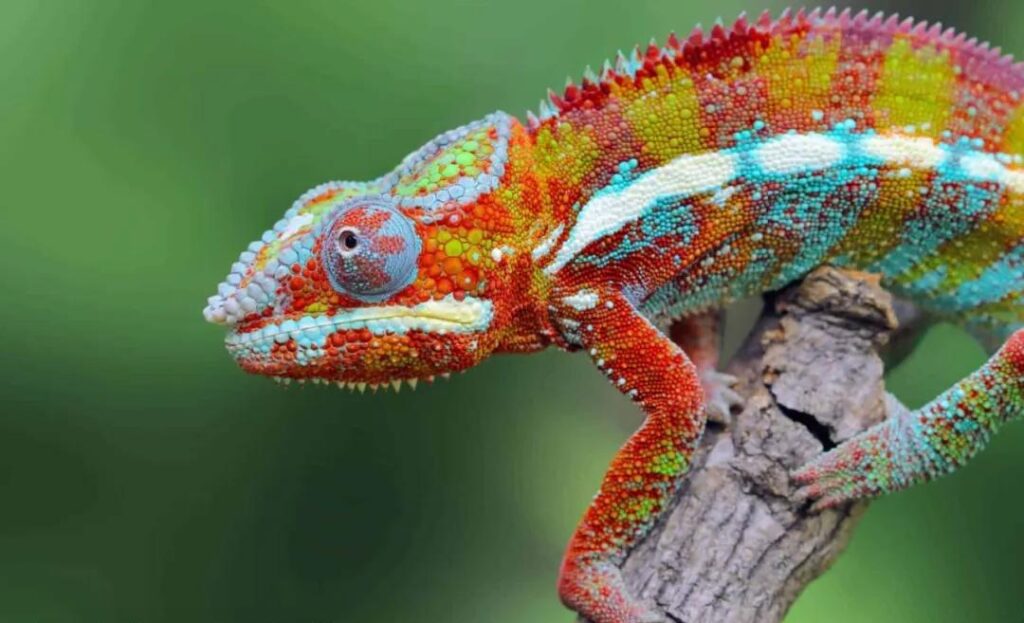
In addition to their swift attacks, chameleons are renowned for their ability to change color, which helps them communicate with other chameleons or express emotions, such as aggression or fear.
5. Inland Taipan (Fierce Snake)
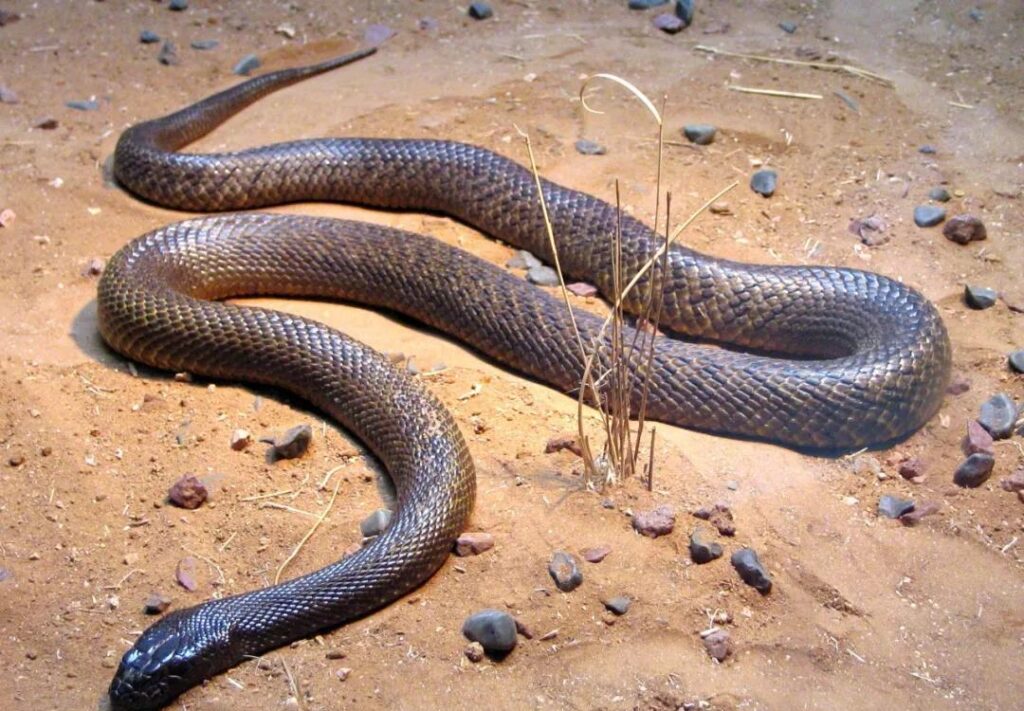
The inland taipan, often called the “fierce snake,” is not only the fastest-acting snake but also the most venomous land snake in the world. This snake is capable of striking in less than a third of a second, often delivering multiple bites before its prey even has time to react. The venom of the inland taipan is estimated to be 20 times more potent than that of a cobra and can kill a large animal, such as an African elephant, within 24 hours.
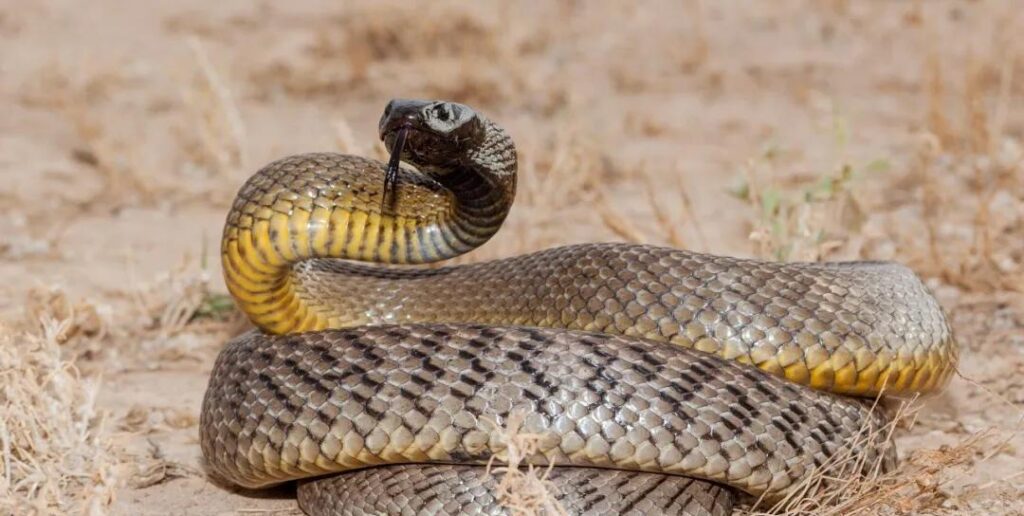
Native to Australia’s central deserts, the inland taipan thrives in dry, arid environments, where it preys on small mammals, reptiles, and amphibians. Despite its deadly capabilities, this snake is reclusive and rarely encountered by humans. It is an egg-laying species, producing around 12 to 20 eggs per clutch.
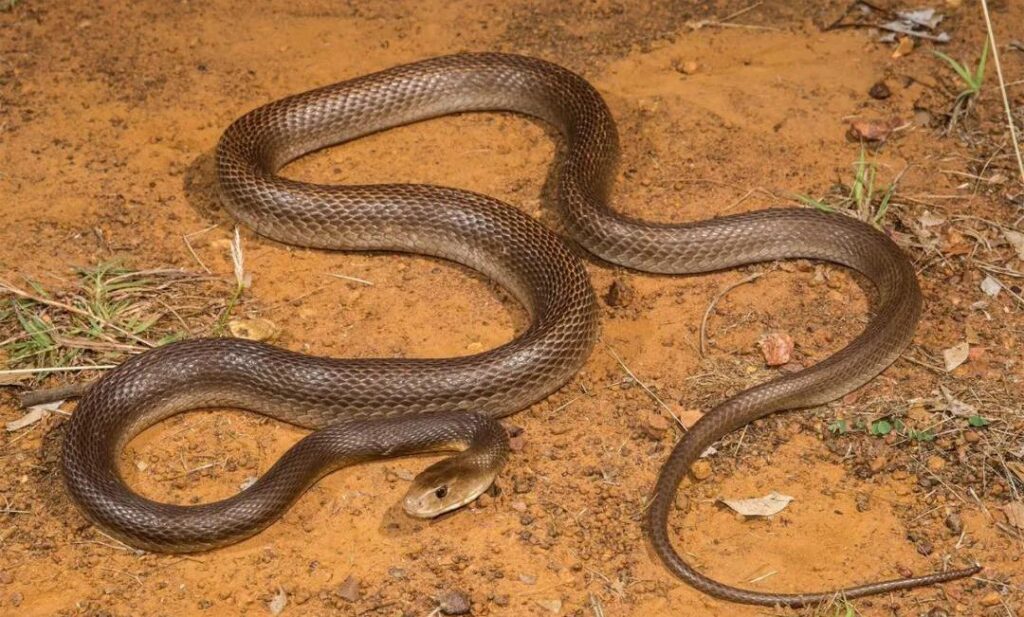
With its lightning-fast strike and lethal venom, the inland taipan is the undisputed champion of speed and lethality in the snake world.
Final Thoughts:
These five animals are not only masters of speed but also represent the pinnacle of efficiency in hunting. Whether it’s the rapid snap of the trap-jaw ant, the explosive strike of the mantis shrimp, or the venomous strike of the inland taipan, these creatures show that in the animal kingdom, speed is often the difference between life and death.







